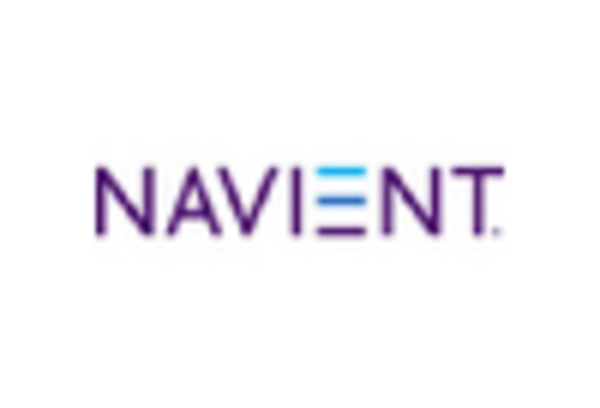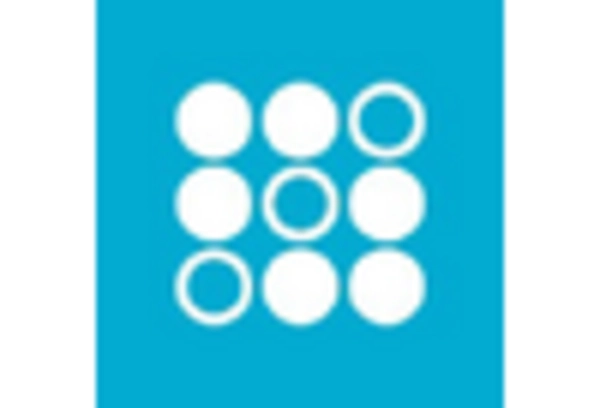Increasing Tuition Costs
The Student Loan Market is significantly influenced by the rising costs of tuition at educational institutions. Over the past decade, tuition fees have escalated, often outpacing inflation rates. This trend compels students to seek financial assistance, thereby driving demand for student loans. In the 2023 academic year, average tuition and fees for public four-year institutions reached approximately 10,000 USD, while private institutions averaged around 37,000 USD. Such financial burdens lead to a greater reliance on loans, which in turn fuels growth within the Student Loan Market. As educational expenses continue to rise, the necessity for accessible financing options becomes increasingly apparent, suggesting a sustained demand for student loans in the foreseeable future.
Policy Reforms and Legislative Changes
The Student Loan Market is currently navigating a landscape shaped by policy reforms and legislative changes. Recent discussions in legislative bodies have focused on potential reforms aimed at alleviating the burden of student debt. Proposals such as loan forgiveness programs and interest rate adjustments are under consideration, which could significantly impact the market dynamics. For instance, if enacted, these reforms may lead to a decrease in the overall debt burden for millions of borrowers, thereby influencing their borrowing behavior. The ongoing dialogue surrounding these policies suggests that the Student Loan Market is at a pivotal moment, where legislative actions could reshape the future of student financing and accessibility.
Expansion of Income-Driven Repayment Plans
The Student Loan Market is experiencing a notable shift with the expansion of income-driven repayment plans. These plans allow borrowers to repay their loans based on their income levels, making it easier for graduates to manage their debt. As of 2025, approximately 40% of federal student loan borrowers are enrolled in such plans, indicating a growing acceptance of flexible repayment options. This trend not only alleviates financial pressure on borrowers but also enhances the attractiveness of student loans as a viable option for financing education. The increasing adoption of these plans suggests that the Student Loan Market may continue to evolve, focusing on borrower-friendly solutions that cater to diverse financial situations.
Technological Advancements in Loan Processing
Technological advancements are reshaping the Student Loan Market, particularly in loan processing and management. The integration of artificial intelligence and machine learning into loan origination systems has streamlined application processes, reducing approval times significantly. As of 2025, many lenders report processing times of under 48 hours for student loan applications, a stark contrast to previous norms. This efficiency not only enhances borrower satisfaction but also encourages more students to pursue loans, thereby expanding the market. Furthermore, the rise of mobile applications and online platforms facilitates easier access to loan information and management, indicating a trend towards a more tech-savvy Student Loan Market that prioritizes user experience.
Increased Focus on Financial Literacy Programs
The Student Loan Market is witnessing a heightened emphasis on financial literacy programs aimed at educating potential borrowers. As student debt levels continue to rise, stakeholders recognize the importance of equipping students with the knowledge to make informed financial decisions. Recent initiatives by educational institutions and non-profit organizations have led to the implementation of workshops and online resources focused on budgeting, loan management, and repayment strategies. This proactive approach not only empowers students but also fosters a more responsible borrowing culture within the Student Loan Market. By enhancing financial literacy, the industry may see a reduction in default rates and an increase in successful loan repayments, ultimately benefiting both borrowers and lenders.


















Leave a Comment